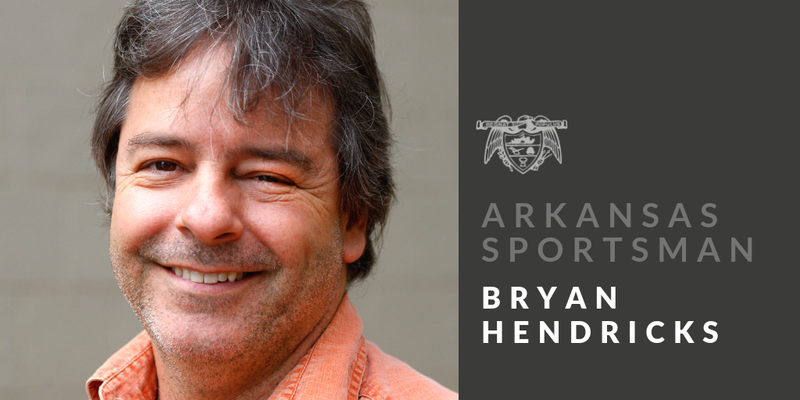It's a long time coming, but the Arkansas Game and Fish Commission officially began renovating the Spring River state trout hatchery Thursday at Mammoth Spring.
The hatchery, acquired from Kroger Corp., in 1985, is an essential part of the commission's popular trout program, which generates millions of dollars in economic activity annually.
Anglers come from around the world for a chance to catch a world-record brown trout on the White River, the Lake Norfork tailwater and Greers Ferry tailwater on the Little Red River. The Spring River also supports a year-round trout fishery.
There are also cold-weather trout fisheries on the Little Missouri River and in the Ouachita River below lakes Ouachita, Hamilton and Catherine. The Game and Fish Commission even stocks rainbow trout in portions of Rock Creek flowing through Little Rock.
Most of the trout stocked in the White, North Fork and Little Red rivers come from federal trout hatcheries that were established to mitigate the loss of warm-water fisheries when Beaver, Table Rock, Bull Shoals, Norfork and Greers Ferry dams were built.
At peak capacity, the Spring River state trout hatchery contributes mightily to the system, as well, but it has been hobbled since 2015, when infectious pancreatic necrosis broke out among the hatchery's trout. In 2017, a major flood damaged the archaic facility, permanently reducing it to about 50% capacity.
The commission approved a renovation in 2017 and approved the design in 2021. The commission held an official groundbreaking ceremony at the hatchery on Thursday. The old facility will be demolished, and the new facility will be completed in about 400 days, said Ben Batten, chief of fisheries for the Game and Fish Commission.
"It was getting attacked three or four different ways," Batten said. "The tanks are made of stainless steel. They ought to be a quarter of an inch thick, but they are actually one-eighth to one-tenth of an inch. They were pitted and rusted, and they were unsafe."
Infectious pancreatic necrosis was a major threat that prevented the commission from stocking trout from the Spring River hatchery into year-round trout fisheries. It's devastating to trout fry and fingerlings smaller than 4-5 inches.
"It's fine now, but it disrupted our ability to raise fish in the hatchery," Batten said. "There are ways to do biosecurity to keep it down, but once you test positive for it, you have to test every six months for two years straight. We got close, but the bottom line is that we don't want be passing any disease. There's a self-sustaining brown trout fishery on Greers Ferry. If it got in there, it could have devastating effects. Since 2016, we have not been able to stock Spring River trout in Greers Ferry or in the Spring River above the hatchery."
Anglers noticed the reduction in available fish, Batten said, and they expressed their dissatisfaction in angler creel surveys.
Rebuilt, the hatchery will feature 7-foot tall tanks instead of the previous 13-foot height. Smaller tanks will make it easier for trout to get food, which will help them grow faster by reducing caloric expenditure in the pursuit of food, Batten said. Ultraviolet light generators will kill waterborne pathogens.
The renovated hatchery will also enable the commission to propagate different species of trout for anglers to enjoy, like tiger trout and cutthroat trout. In some circles, the Bonneville strain cutthroat rivals the vaunted brown trout in popularity.
The project will cost about $6.7 million. Revenues from resident and non-resident trout fishing permits will cover much of the cost. Matching grants from the Federal Aid in Sportfish Restoration Act will help defray costs, as well.
"In 2019, the commission increased the resident trout permit from $5 to $10, and the non-resident trout permit from $12 to $20," Batten said. "In that time, it [trout permits] generated $2.06 million."
Batten said that trout fishing directly generates about $180 million annually, but its value is much higher.
"That's, like, the base number," Batten said. "There's all kinds ripple effects you have from how many more times that dollar gets spent in fishing guide fees, boat rentals, lodging, bait, fuel and other things.
"It's a huge driver. In modern times, it is by far the biggest project on the fisheries side. In scheme of economics, it's a good investment."
